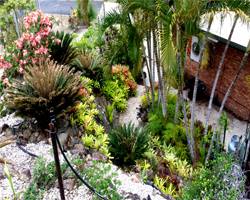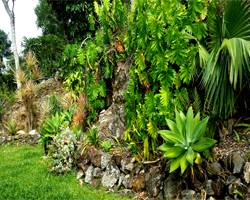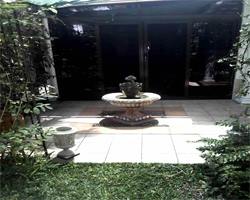Please click on the pictures below to learn more about their outdoor space and garden design projects.
Bromeliad Garden Path
Rainforest Wall Garden
Tiled Courtyard
Archvillain Games have just released their latest models like Project Adam here. He'd make an excellent proxy in a Death Guard or Nurgle army.
We've also got his diseased legionnaires, conscripts and cohorts to help spread father Nurgle's blessing.
#nurgle #nurgledaemons #plaguemarines #3dprinting #tabletopgames #hereticastartes #3dprintedminiature #3dprintable #deathguard #deathguard40k #mortariontheprimarch
... See MoreSee Less

0 CommentsComment on Facebook
🐝🐝🐝🐝🐝🐝🐝🐝🐝🐝🐝🐝🐝🐝🐝🐝
Why We Should Look After Bees in Our Gardens:
🐝 Pollination:
Our climate sustains a diverse array of food and floral crops, crucially dependent on pollination. Sadly, the concerning decline in bee populations jeopardizes this vital process, impacting not only large-scale agriculture but also everyday home gardens.
Without bees, our crops, from vast fields to backyard blooms, face a serious threat, risking food shortages and diminishing biodiversity. Addressing this issue is essential for preserving the delicate balance of our ecosystems.
How to Encourage & Care for Bees in Your Garden:
🐝 Choose Native Plants:
Opt for native plants like Bottlebrush (Callistemon), Grevillea, Blue Flax Lily (Dianella) and Lavender that thrive in Queensland's climate and attract local bee species.
🐝 Create Nesting Spots for Native Bees:
Queensland is home to diverse native bee species. Provide nesting spots like bee hotels and consider leaving some areas of your garden with bare ground for ground-nesting bees.
🐝 Be Water-Wise:
Queensland's temperatures can soar, and bees need water. Set up water stations with shallow dishes and pebbles to help bees stay hydrated.
🐝 Seasonal Blooms All Year Round:
Plan your garden to have blooms throughout the year, aligning with Queensland's subtropical climate. This ensures bees have a continuous food source.
🐝 Bee First-Aid
If you encounter a weak bee, you can help by providing a sugar-water solution (one part sugar to two parts water) on a small, shallow surface. Gently place the bee near the mixture, allowing it to revive with the energy boost. Avoid using honey, as it may carry diseases.
Placing the bee in a shaded area helps prevent it from overheating as it recuperates.
Alternatively, you can place something nearby to shade the bee.
#bee #gardening #fypシ゚ #tips
... See MoreSee Less

0 CommentsComment on Facebook


